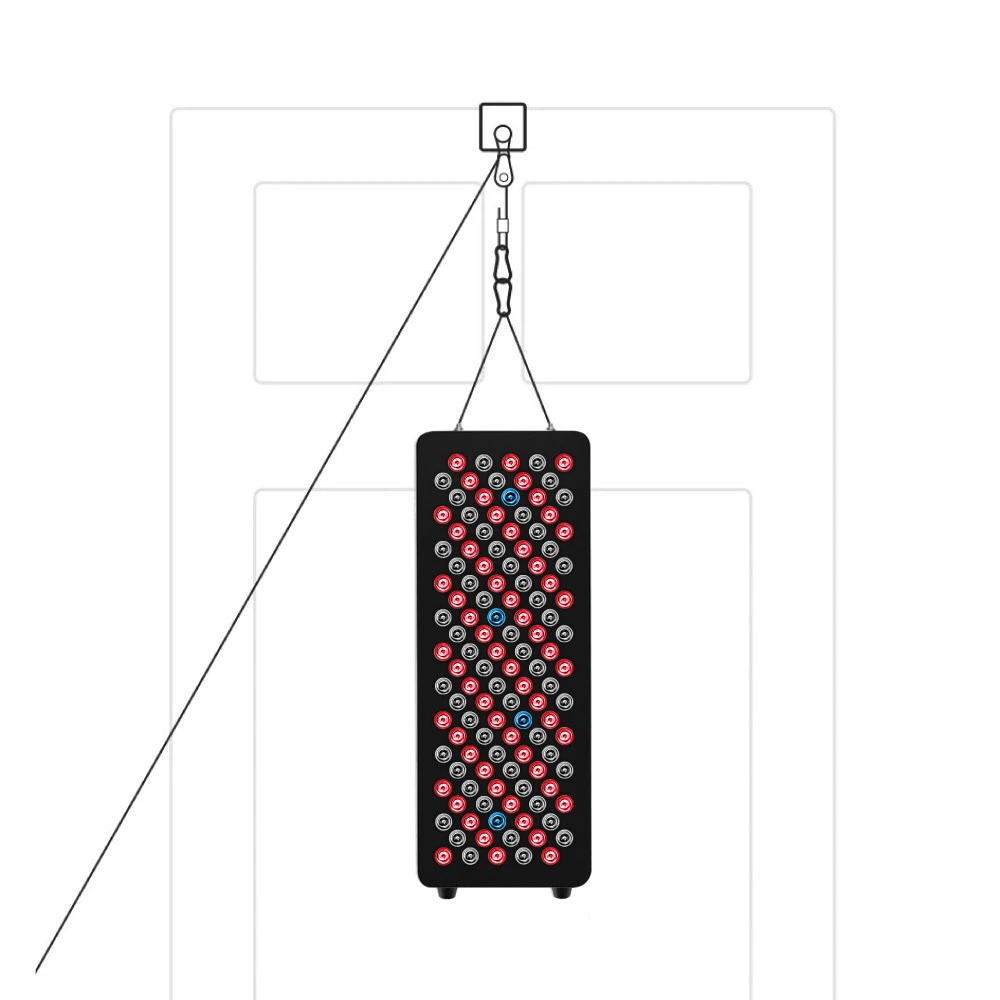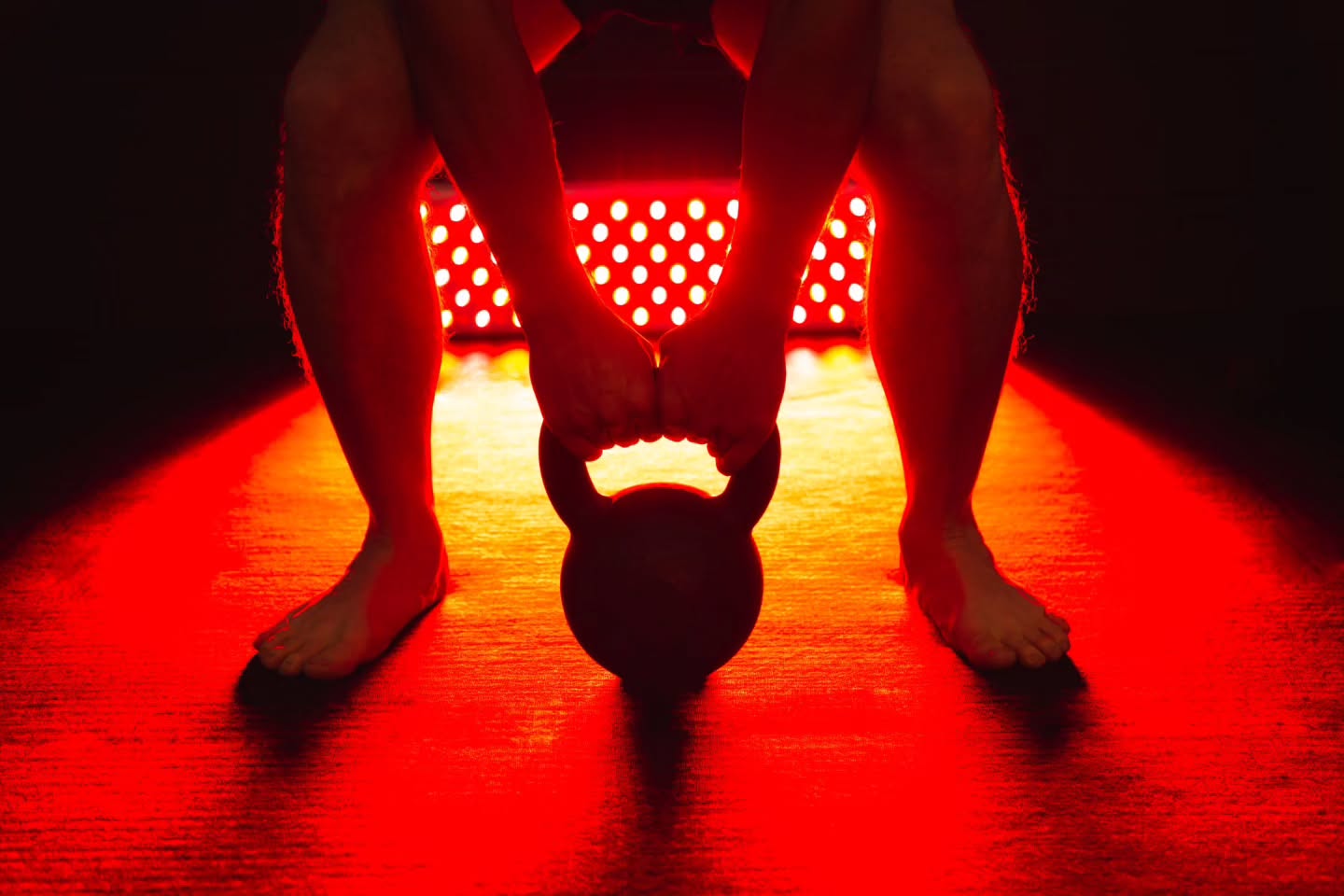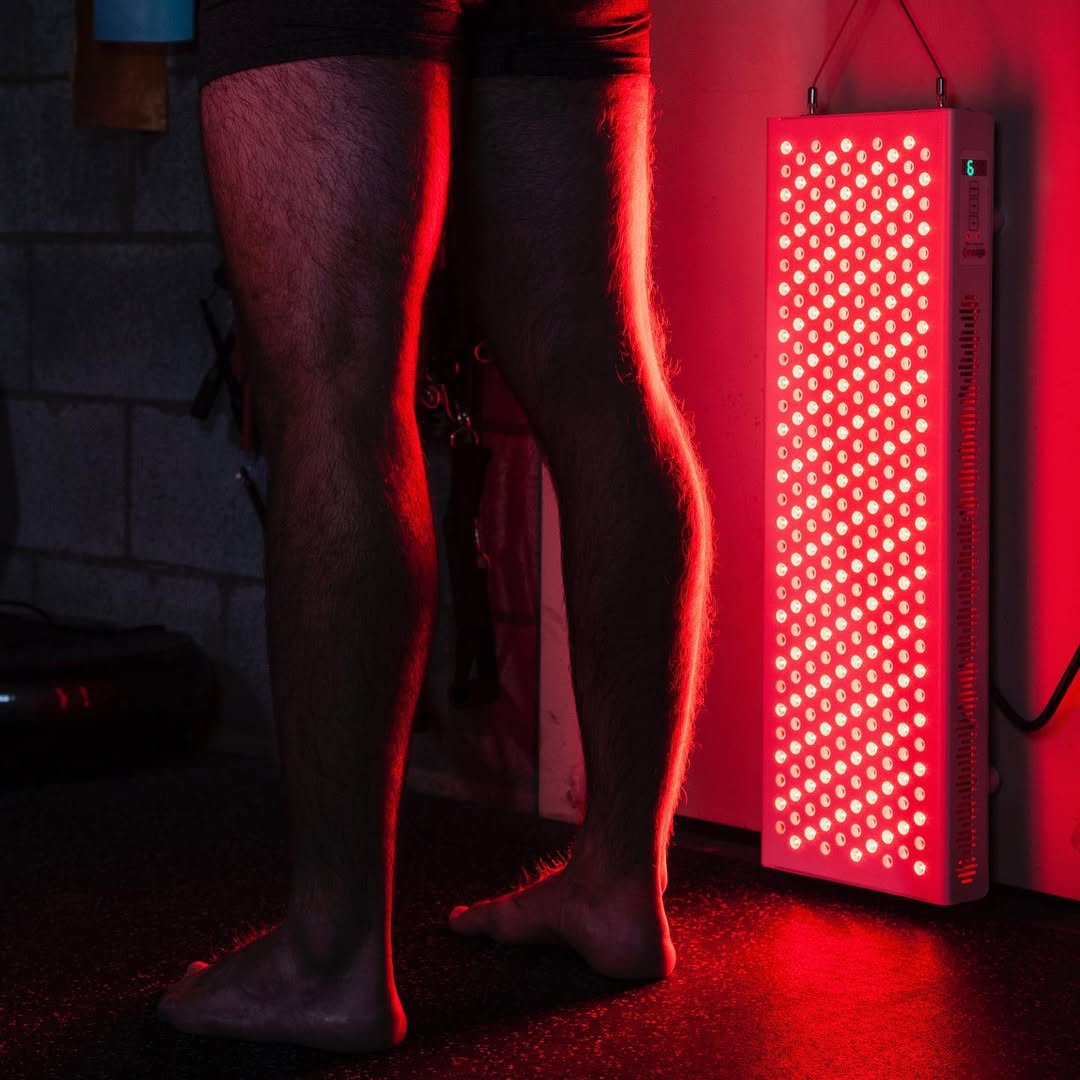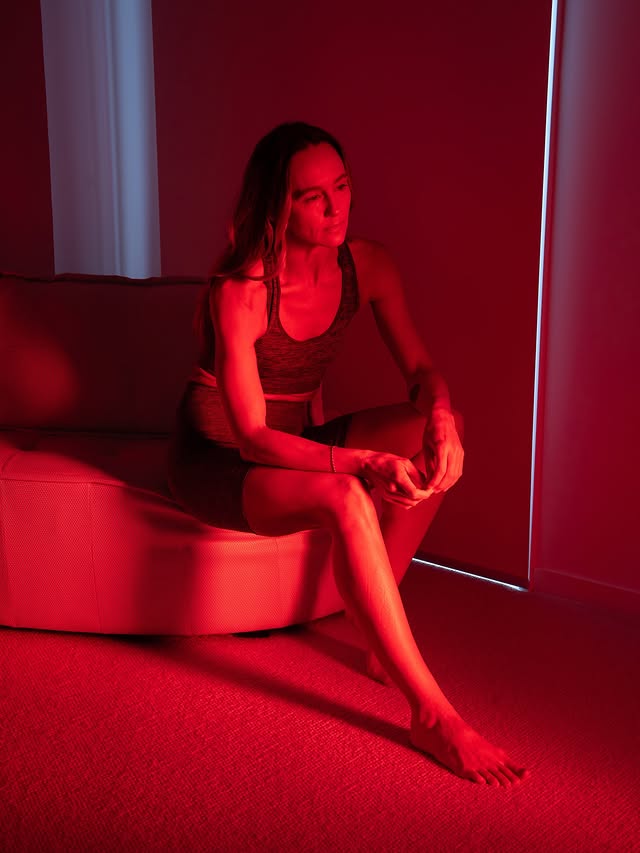![]() Free Shipping
Free Shipping ![]() Buy Now, Pay Later
Buy Now, Pay Later ![]() Eligible
Eligible
Is Red Light Therapy Good for Melasma? A Science-Backed Guide
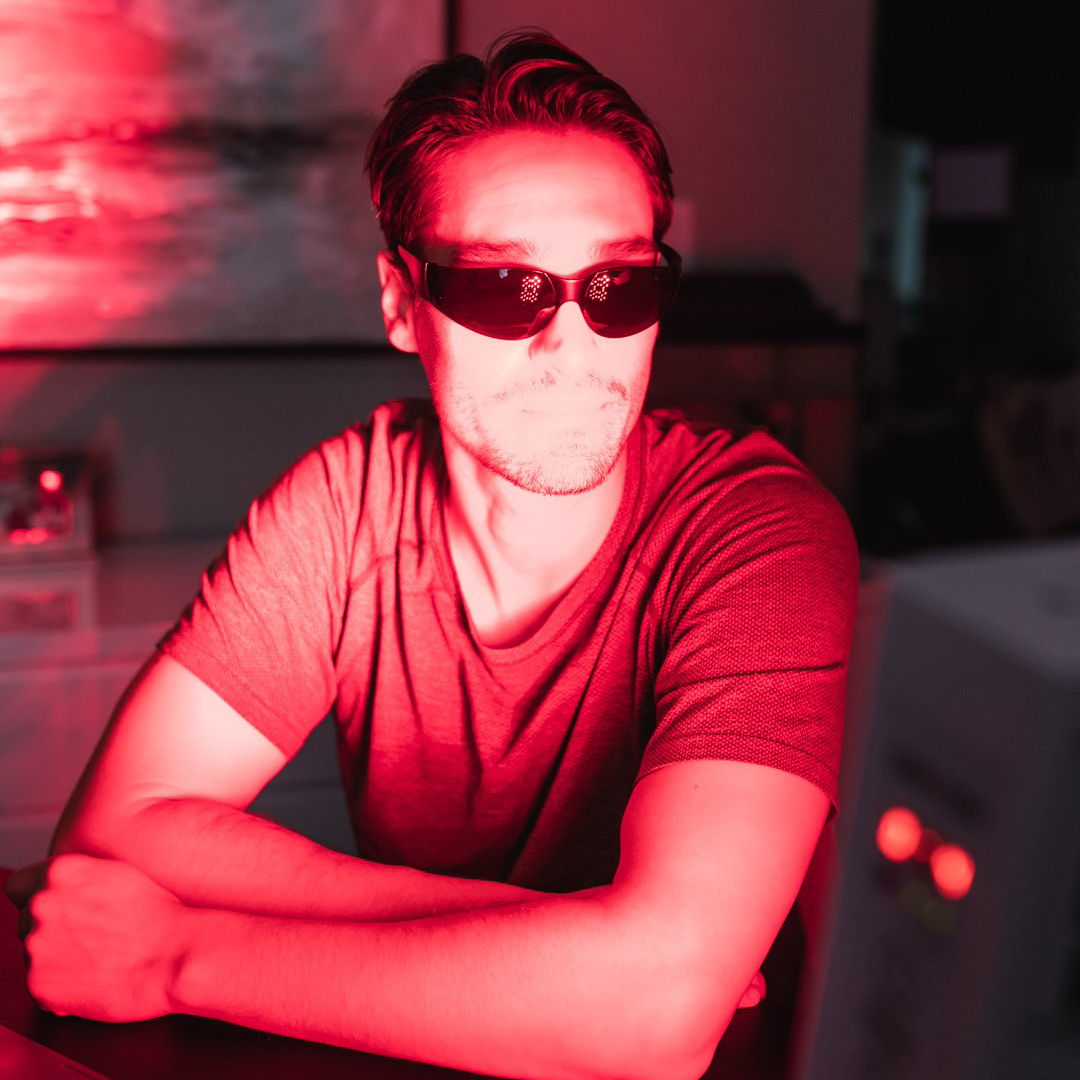
Melasma, often called the “mask of pregnancy,” is a frustrating and complex skin condition characterized by brown or grayish-brown patches on the face. For those seeking a gentle yet effective treatment, red light therapy (RLT) has emerged as a promising option. But does it live up to the hype?
This in-depth guide explores the science behind red light therapy for melasma, its benefits, limitations, and how it stacks up against other treatments.
Understanding the Enemy: What Exactly is Melasma?
Before diving into the treatment, it’s crucial to understand the condition. Melasma is a common hyperpigmentation disorder driven primarily by three factors:
- Genetics: A family history makes you more susceptible.
- Hormones: Fluctuations during pregnancy, birth control use, or hormone therapy are major triggers.
- Sun Exposure: UV rays are the single biggest exacerbating factor, stimulating melanocytes (pigment-producing cells) to go into overdrive.
Unlike simple sunspots, melasma involves a complex interplay between melanocytes, blood vessels, and sun exposure, which is why it can be so stubborn to treat.
How Red Light Therapy Works on a Cellular Level
Red light therapy, also known as low-level laser therapy (LLLT) or photobiomodulation, uses specific wavelengths of red and near-infrared light to penetrate the skin. Unlike harsh lasers that destroy tissue, RLT works by energizing it.
When your skin cells absorb this light, a remarkable process unfolds inside the mitochondria—the “powerhouse” of the cell.
Dr. Michael Hamblin, a leading photomedicine researcher, explains: “Red and near-infrared light are absorbed by cytochrome c oxidase in the mitochondrial respiratory chain. This leads to an increase in ATP (adenosine triphosphate) production, a brief burst of reactive oxygen species, and an increase in nitric oxide release.”
In simpler terms, this boost in cellular energy (ATP) leads to several therapeutic effects:
- Enhanced Fibroblast Production: Stimulates collagen and elastin, improving skin thickness and texture.
- Reduced Inflammation: Modulates the body’s inflammatory response.
- Improved Blood Flow: Promotes better circulation and healing.
The Direct Benefits of RLT for Melasma Management
So, how does this cellular energy boost translate to helping with melasma? RLT approaches the problem indirectly but effectively.
1. Anti-Inflammatory Action
Emerging research suggests inflammation plays a significant role in melasma. Red light therapy’s potent anti-inflammatory effects can help calm the skin, potentially reducing the signals that trigger pigment production.
2. Strengthening the Skin Barrier
Melasma-affected skin often has a compromised skin barrier. By boosting cellular function and promoting healthy collagen production, RLT can help thicken and strengthen the skin. A healthier skin barrier is more resilient and less reactive to environmental insults.
3. Supporting Overall Skin Health
RLT improves skin tone, texture, and elasticity. While it doesn’t directly “zap” pigment like a laser, by creating a healthier skin environment, it can reduce the appearance of hyperpigmentation and support the results of other treatments.
A 2022 review in the Journal of Cosmetic and Laser Therapy noted that RLT shows promise for a variety of dermatological conditions, including those involving inflammation and poor wound healing—processes relevant to melasma management.
Red Light Therapy vs. Other Melasma Treatments
How does RLT compare to more conventional melasma treatments? The key differentiator is that RLT is non-ablative and non-thermal, meaning it doesn’t damage or heat the skin. This makes it a much lower-risk option.
Here’s a quick comparison:
| Treatment Modality | How It Works for Melasma | Pros | Cons |
|---|---|---|---|
| Red Light Therapy (RLT) | Boosts cellular energy, reduces inflammation, strengthens skin. | Gentle, safe for all skin types, no downtime, improves overall skin health. | Indirect action, results require consistency, not a quick fix. |
| Hydroquinone | A topical cream that bleaches the skin by inhibiting tyrosinase. | Gold standard for lightening, potent. | Can cause irritation, rebound pigmentation, not for long-term use. |
| Chemical Peels | Uses acids to exfoliate the top layers of skin, lifting pigment. | Can provide quick results, improves texture. | Risk of irritation and post-inflammatory hyperpigmentation (PIH), downtime. |
| IPL/Lasers (e.g., Fraxel) | Targets pigment with specific light wavelengths to break it up. | Effective for many types of pigmentation. | High risk of heat-induced melasma rebound (especially in Fitzpatrick III+), expensive. |
A common sentiment from dermatologists: “With melasma, we often have to think about calming the skin, not attacking it. Aggressive treatments can often make it worse. This is where gentle modalities like red light therapy can be a valuable part of a comprehensive plan.”
The Verdict: Is Red Light Therapy Good for Melasma?
Yes, red light therapy can be a beneficial and safe component of a melasma management plan, but with important caveats.
- Think “Management,” Not “Cure”: RLT is not a magic bullet that will erase melasma overnight. It is best viewed as a long-term strategy to improve skin health, reduce inflammation, and support the reduction of hyperpigmentation.
- It’s About the Long Game: Consistency is key. Results are cumulative and become more apparent after weeks or months of regular use.
- A Team Player, Not a Solo Act: For best results, red light therapy should be part of a holistic approach. This is non-negotiable.
VELLGUS Elite V2
THE #1 RATED RED LIGHT DEVICE
VELLGUS pro V2
THE #1 RATED FULL BODY RED LIGHT DEVICE
Your Holistic Melasma Management Plan
Using RLT without addressing the root causes of melasma is like mopping a floor with a leaky faucet still running. For RLT to be truly effective, it must be part of a broader strategy:
- Daily, Year-Round Sun Protection: This is the #1 most important step. Use a broad-spectrum SPF 30-50 mineral sunscreen every single day, and reapply.
- Pair with Topical Treatments: Use RLT in conjunction with your dermatologist-prescribed topicals (like Azelaic Acid, Tranexamic Acid, or Vitamin C). The anti-inflammatory effect of RLT may even help your skin tolerate these actives better.
- Professional Guidance: Always consult with a dermatologist or skincare professional to get a proper diagnosis and create a personalized treatment plan.
Conclusion
Red light therapy offers a safe, gentle, and scientifically-backed way to support your skin’s health from the inside out. While it may not be the single solution for eradicating stubborn melasma patches, its ability to reduce inflammation and strengthen the skin barrier makes it a powerful ally in any long-term management plan. By combining consistent RLT with rigorous sun protection and targeted topicals, you can build a robust defense against melasma and work towards a clearer, more even-toned complexion.



